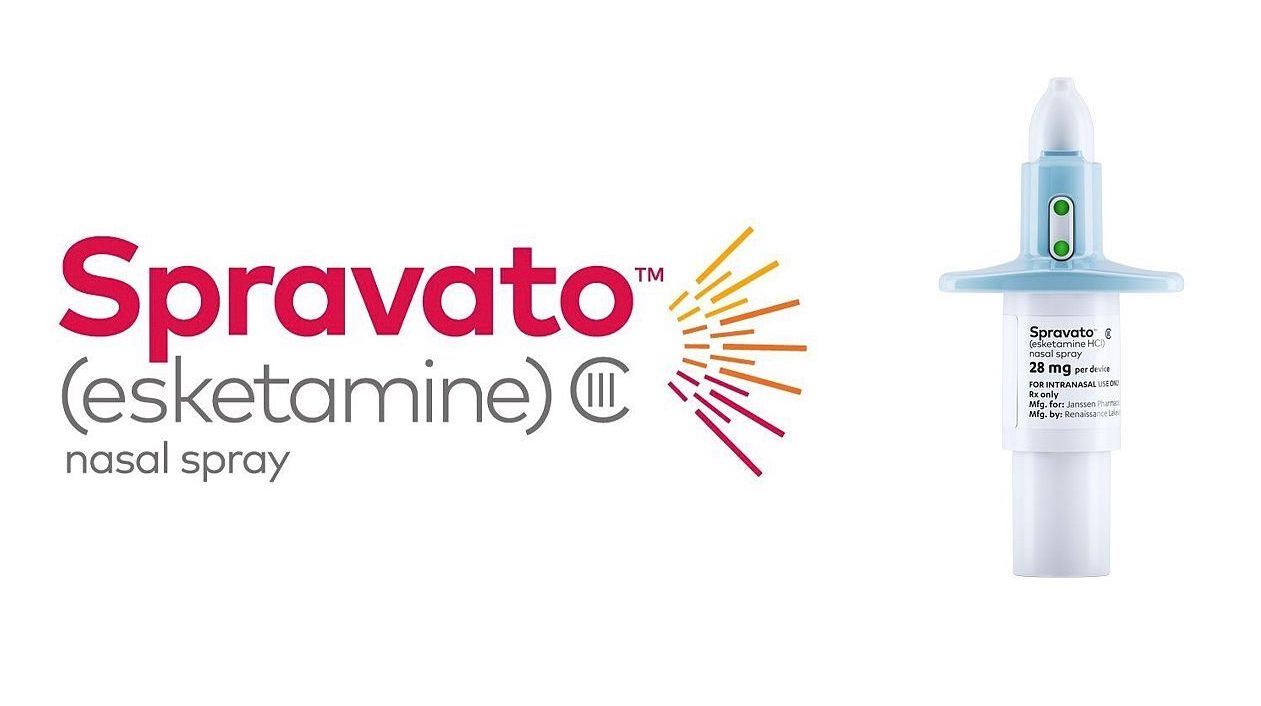After decades without many new depression treatments, there’s been a sudden burst of innovation. It was sorely needed: Therapy and medication have been the standard depression treatment for over 30 years. Since treatment-resistant depression (TRD) has become more common, patients need new treatment alternatives.
Finally, another groundbreaking new option for major depressive disorder (MDD) has been developed. Spravato (esketamine) became available in 2019, after transcranial magnetic stimulation (TMS) made its debut in 2008.
We’re excited to make these new depression treatments available at Active Path Mental Health locations in Washington and Oregon. Spravato treatments are the newest addition to our menu of services.
Have you heard about Spravato? This article will fill you in on everything you need to know.
What is Spravato?
Spravato is a nasal spray that’s effective as a supplementary treatment for MDD. This means it should only be used along with oral antidepressants. It’s derived from ketamine, an anesthetic used since the 1970s. But esketamine isn’t anything like its parent compound. Ketamine is delivered intravenously for the treatment of depression but it’s not approved for treating psychiatric disorders.
Trying to compare Spravato vs. ketamine is like apples and oranges. Unlike ketamine, Spravato is FDA-approved for psychiatric use. It’s available at REMS-certified treatment centers like Active Path Mental Health, and most insurance carriers cover it (including Medicare and Medicaid). Please note that Active Path Mental Health does not offer IV ketamine treatment.
What’s possible with Spravato treatments?
People with persistent depression symptoms have seen fast, long-lasting improvements after taking Spravato. In clinical studies, TRD patients who took Spravato with an oral antidepressant saw improvements in only four weeks. Nearly 70% of Spravato patients achieved a response.
At Active Path Mental Health, we’ve seen patients make significant progress with TRD symptoms in months and weeks after Spravato treatments. With talk therapy and antidepressants only, the same results could take years.
What does a typical Spravato treatment regimen look like?
Each Spravato treatment session begins with the patient self-administering the nasal spray in two to three doses, under supervision. For most people, Spravato treatments cause sleepiness and a deep sense of relaxation. It’s also common to feel dissociated, or disconnected from yourself, your thoughts, your feelings, or space and time. Patients often feel the effects of Spravato most intensely around 40 minutes after the first dose, and then they slowly subside.
Patients stay for two hours of monitoring after Spravato treatments for their safety, and we ask that they arrange transportation home in advance. Some people bring headphones or handheld devices to play relaxing music or videos during their treatment. Some bring a blanket and nap the entire time.
For the first four weeks, treatments are twice weekly, followed by four more weeks of weekly sessions. After eight weeks, you and your medical care provider will create an ongoing (maintenance) plan together.
Esketamine may cause a few minor side effects, which is common. If this happens, it’s usually within the first 40 minutes and lasts less than 24 hours. You can talk about potential side effects in detail with your healthcare provider during your evaluation.
The most common side effects of esketamine are:
- Dissociation.
- Sleepiness.
- Sedation.
- Dizziness.
- Nausea.
- High blood pressure.
During your consultation, you should disclose:
- Medications you’re taking regularly, both prescription and over the counter.
- Any supplements or other alternative treatments you’re using.
- Any medical conditions you have, including if you are pregnant.
- History of hypertension or aneurysm.
How to prepare for Spravato treatments
It’s important to make a recovery plan well in advance of your first Spravato treatment. You’ll be required to arrange transportation beforehand because it’s not safe to drive after taking Spravato. Most people want a good night’s sleep after treatment, and you may be tired, nauseous or irritable for a couple of days.
Patients should fast for two hours before Spravato treatments to reduce nausea and avoid liquids for 30 minutes beforehand. It’s a good idea to eat a big meal before the two-hour mark so you don’t get too hungry.
Before you leave for your first session, pack any items you want to bring with you. Noise-canceling headphones, a hoodie or a blanket can provide comfort during Spravato treatments.
Explore Spravato treatments at Active Path Mental Health
We care about making the best treatments for MDD and TRD accessible and convenient to people who need them. We’ve created a safe, calm atmosphere for our patients to have great experiences. Our supportive specialists and technicians want to help you “get back to you.” We’ll be there to make you feel safe during your treatment.
Are you curious about trying Spravato? Contact our team today for more information or to schedule an initial appointment.




